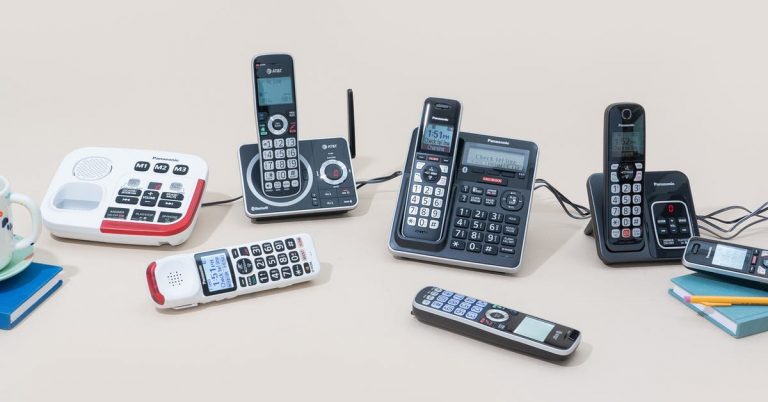The Best Wet Mop for 2025
We narrowed our research on the hundreds of mops available based on price, overall design, user reviews, style within the wet mop category, material (of both head and handle), and manufacturer reputation.
Price was an early consideration: Most mop-and-bucket combos are between $35 and $60, so we capped our search at the higher end. Below that price range, you get into no-name cheapo models with dubious credentials, and we didn’t think the small savings—$5 or $10 on average—were worth the potential downsides, especially for tools designed to spread the already-low upfront costs over years of service.
We sought true wet mops designed to soak up messes and scrub stains in kitchens and bathrooms. That criteria eliminated spray mops, as well as specialized models designed to spread sealants or polishes.
It also eliminated most flat mops. Despite how they’re marketed, flat mops generally can’t be wrung out—which you need to do whether you’re sopping up a spill or doing a whole-floor cleaning (i.e., wet mopping), and they’re usually used dry (on dust) or damp (to pick up incidental stains and dried spills). We made an exception for Swiffer’s wet-pad version: Even though the wet pad is a thin fabric sheet—versus most flat mops’ thick mat of microfiber tendrils—the company is so dominant in the cleaning market that we felt we had to test it.
Within the wet-mop category, you find a wide range of styles and materials:
- Sponge mops use a sponge (obviously) to absorb stains and spills, and typically have a built-in mechanism that wrings by folding the sponge in half.
- Spin mops have short fibers mounted to a wide plastic head, and employ a bucket-mounted centrifuge to wring water out of the mophead.
- String mops have heads with long ropy cords, and typically have a handle-mounted wringer that tightens and twists the strings to squeeze water out.
- Cloth mops use broad fabric strips, and may use a handle-mounted wringer or a bucket-mounted colander to squeeze water out of the mop-head.
None of these designs stood out in our reporting as obviously superior, so we tried each.
Wet mops also come in a range of materials, in both the handles and the mopheads. Our experts advised against wood handles—they can swell, split, splinter, and harbor bacteria—so we restricted our search to metal, plastic, and fiberglass handles.
Mopheads can be made of cotton, nylon, rayon, mixed fibers, or microfiber. In the surprisingly wide world of mopping, each has a role.1 But after we laid out our specific aim—to recommend a really excellent, unfussy, economical wet mop, designed to clean kitchen and bathroom spills and tracked-in muck in a typical home—Warner and Wright both agreed that microfiber was the way to go.
Microfiber is made of polyester and/or polyamide, both of which are synthetic materials, and these extremely fine-diameter fibers tend to have high absorbency, durability, washability, and non-biodegradability. That combination makes microfiber an excellent mop material. It captures dirt and dust and draws water out of even tiny crevices (e.g., grout lines); it soaks up a lot of liquid and stands up to hard scrubbing; and it’s machine-washable, and therefore economical in the long term (and it hardly breaks the bank to begin with). Plus, it won’t rot and stink, something that can happen with mops made from cotton.
We picked 12 finalists, and settled on ten to test—all top-rated, and all 100 percent microfiber—in four styles: five spin, two cloth, and one each string, sponge, and flat, from Swiffer, Casabella, OXO Good Grips, O-Cedar, Joy Mangano, Mopnado, and Libman.
One last thing: Most of our test mops came with a dedicated bucket, or had a companion bucket sold separately. The materials and function—is plastic, holds water—were simple and similar, so we evaluated them based on other details of design, like volume, weight, comfort and stability when carrying and pouring, size/storability, and additional utility for non-mopping jobs.






